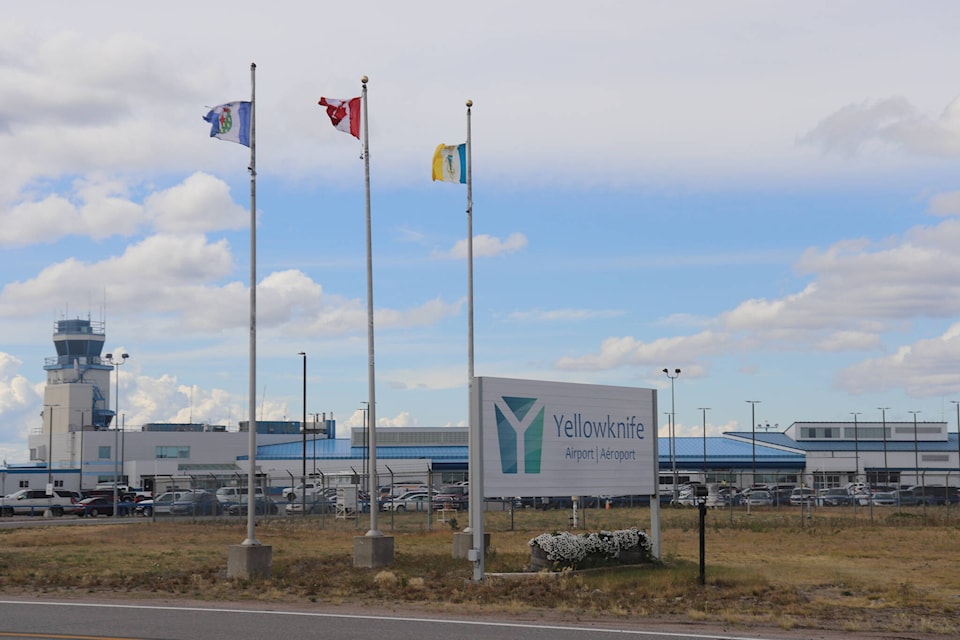If there is any lesson to learn from our nation’s air travel debacles over the past year, it’s that this is especially bad news for the North.
MLAs passed a motion last year calling on the territorial government to increase the NWT’s population 25 per cent by 2043. The NWT Bureau of Statistics reported a growth of eight persons over the previous year last summer. Hurrah for small triumphs.
Per capita, the territory has the slowest growth rate in Canada – essentially zero – so needless to say, the prospect of boosting the territory’s population by more than 2,000 people over the next 20 years is not very good. And given the present state of air travel to the territory, with fewer airlines, fewer flights, more expensive airfares and increasingly Byzantine connections to the south, we should count ourselves lucky the population of the territory doesn’t drop 25 per cent by 2043.
We can’t get nurses and doctors to staff our hospitals and health clinics. We’re surely no closer to solving that problem after a year where arriving in the Northwest Territories with luggage intact is counted as a success.
We’re going to build a start-of-the art polytechnic university with an aim to bolster Aurora College’s flagging enrolment by inviting students from the south to attend? Here’s a crystal ball prediction for you, northern students will continue to prefer going south for college and university and southern kids won’t even give the polytechnic a cursory look if heading home for Christmas means a three-day odyssey camped in departure lounges waiting for flights that never come.
The fact is, like many things in Canada these days, the airline industry is a mess. Sure, it looks bad at Pearson International, but the airlines aren’t cutting flights to Toronto. They’re cutting flights to Yellowknife and all the other smaller centres in between.
Not to give the major airlines such as WestJet and Air Canada a pass – they generally acted with disregard for passengers stranded during the latest holiday calamity – but two-plus years of pandemic privations have drained them of experienced staff and their ability to cope with events, such as the winter storms that brought air travel to a grinding halt last month.
Air Canada laid off more than 20,000 workers at the height of the pandemic; WestJet shed close to 7,000 jobs. Such losses would make it difficult for any industry to recover.
And it’s not just lousy air travel that spells transportation trouble for the North. The Liberal government in Ottawa has mandated a ban on the sale of all internal combustible engine vehicles by 2035. They’re insisting that 20 per cent of all vehicle sales be electric by 2026. I don’t need to break out a calendar but that’s a pretty tight timeline, made all the more apparent every time I drive by Yellowknife city hall to see rows of vacant charging station stalls.
What is the territory doing to fill the ocean-sized gaps in our transportation infrastructure? What conversations is the premier and her cabinet having with the prime minister and his cabinet? What is being done to convince airlines to restore scheduled flights lost during the pandemic?
Who is going to build the massive battery of charging stations from Edmonton to Tuktoyaktuk that will be required to facilitate the rapidly approaching changeover to EVs? Who will pay for it? What studies have been undertaken to test the suitability of electric vehicles in a cold weather environment with isolated communities and minimal infrastructure?
Perhaps at the end of the day, all this upending of our various modes of transportation will just sort itself out. But given what we’ve witnessed with air transportation over the past year or two and the rush to mandate electric vehicles, we would be foolhardy to think so.
